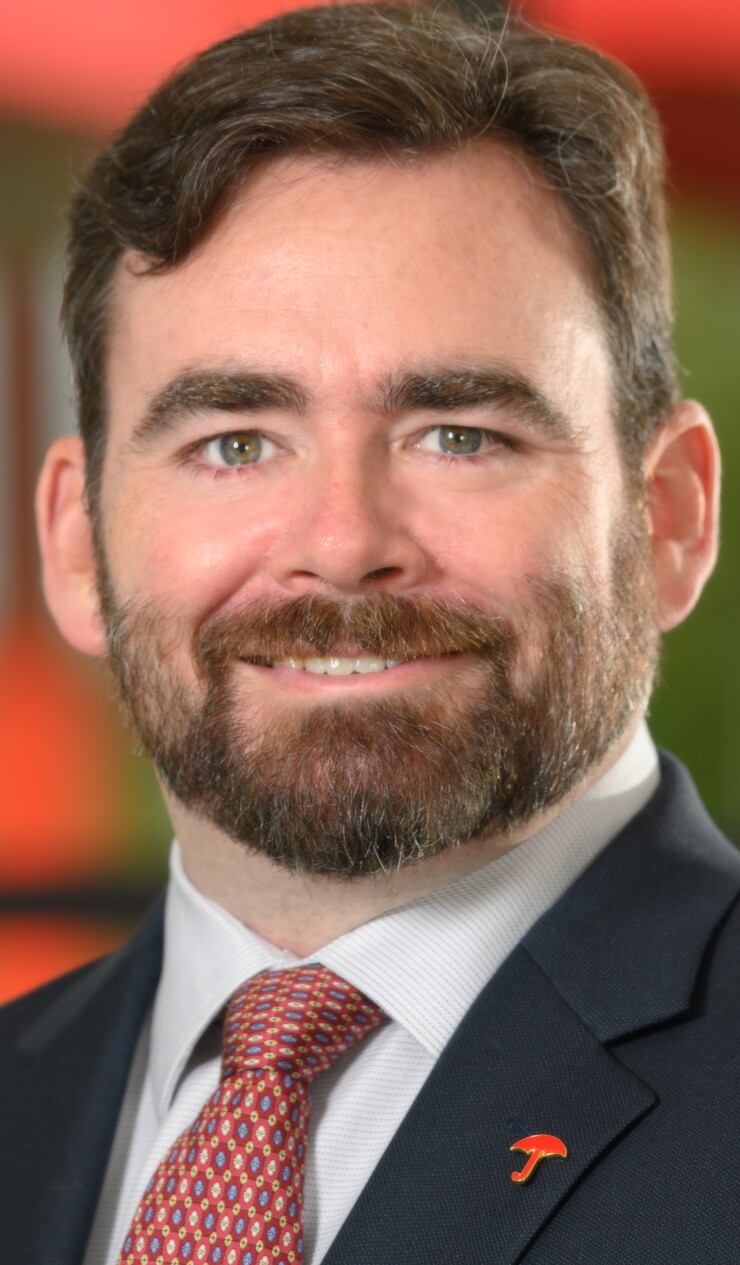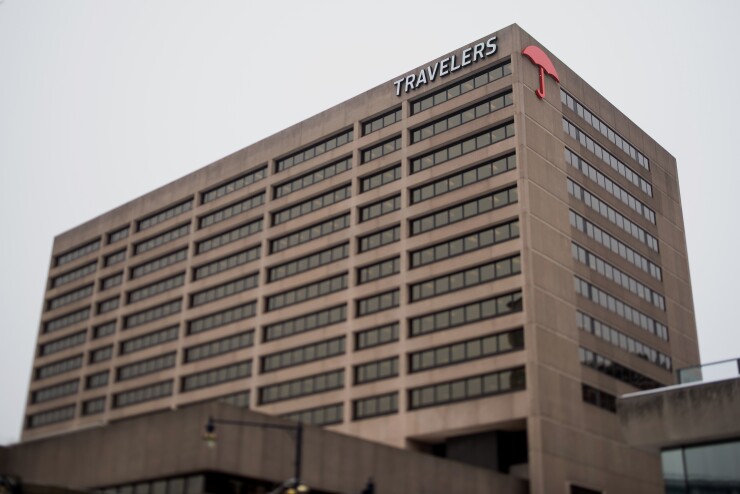On its own, technology may not be able to solve workplace injuries, but its ability to better support workers is improving, according to Travelers risk and claims executives. Travelers has initiatives to help workers on their path back to work after injuries. In November, Travelers launched
Travelers recently issued its annual Injury Impact Report, which found that the youngest and oldest workers are most prone to workplace injuries. The report studied 1.2 million workers' comp claims between 2016 and 2020.

"We're really looking for things that assist the employee," said Chris Hayes, assistant vice president of risk control at Travelers. "There are technologies that we're seeing come down the line, like sensors and exoskeletons. The best thing employers can do is engage the current workforce, understand what their issues are, support them, train them well, do their orientation, and do a thorough job of bringing that person in and onboarding them so they understand the rules. They understand how to operate safely at the workspace. And you are addressing their needs.
First-year employees accounted for 34% of all claims, totaling nearly 7 million missed workdays because of injuries. Employees 60 and older had higher average costs per claim – 15% more than employees ages 35-49.

"In the workforce, roughly 24% of the workforce is in their current role less than one year," said Rich Ives, vice president of business insurance claims at Travelers. "Yet, 34% of workplace injuries are coming from employees with less than one year on the job."
The average number of workdays missed was 71, but was higher for industries such as construction, with 99 days and transportation with 77 days. Small business employees' injuries led to missing 79 workdays on average.
The cost of lost workdays increases in certain cases for industries with newer employees, according to Ives. "In restaurants, 53% of the losses are coming from employees in the job less than a year," he said. "Construction, more than 50% of their loss costs are coming from first year employees. In transportation, it's north of 40%."
Overall for small businesses, 43% of losses come from injuries to first-year employees. "If you look at the data of the last 12 to 48 months, in small businesses, that risk is growing for them," Ives said. "They're up to north of 50% of their losses are coming from first-year employees."
Economic developments of the last few years have produced larger numbers of first-year employees, according to Ives. Covid led many businesses to revamp their operations or to restaff again after shutdowns or layoffs, he noted. "You've had a lot of hiring, you've had a lot of turnover, you've had a lot of interest in career change and you've had more retirements," he said. All of this increases injury risks due to less experienced workers, Ives noted.
On the other end of the worker spectrum, older workers' injuries may be more severe and require longer recovery periods, Ives observed. However, "they're more experienced and their losses have been less frequent," he said. Still, the frequency of claims for workers 55 and older is increasing.
"The impact to a business, is now all of a sudden, those losses are a greater portion of your workforce, because your workforce is getting older, and the frequency increases, it creates this double impact to a business, as well as taking the knowledgeable worker away from their business and their operations," Ives said.






